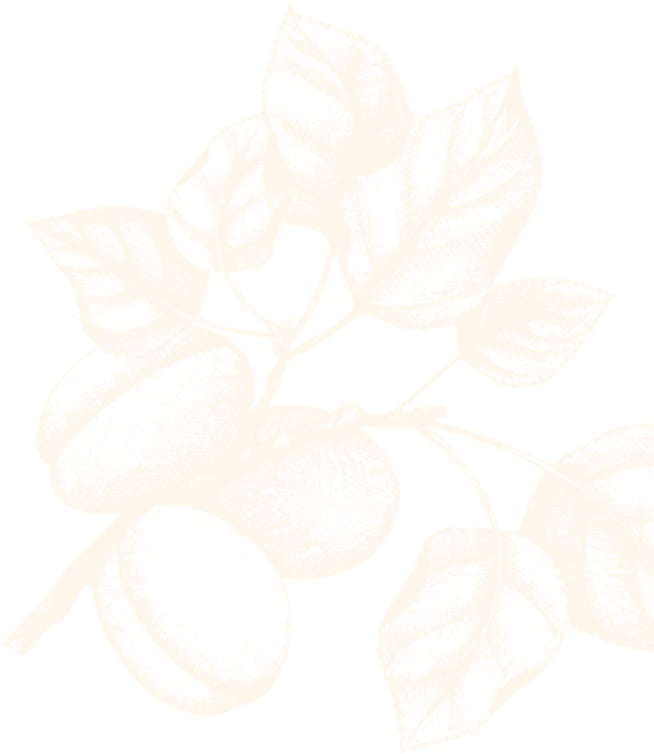
It takes time and attention for distillate to become brandy. After the second distillation, when plum and Williams distillate come out from the boiler, their alcohol concentration is between 65% and 68%. Then the Williams brandys is stored in glass containers for aging and to balance the aromas and alcohols.
At the Vertigo Distillery, we use glass containers because they have proven to be the best since they are neutral to all distillate ingredients. The aging of Williams brandy in glass containers in our distillery takes up to a year to obtain a satin structure and refinement. In the first few months, only in few occasions, we ventilate the Williams to get in contact with the air, and then gradually lower the alcohol.
Vertigo plum brandy requires at least a year of maturation in wooden barrels, and the best are those of Slavonian oak. Oak gives Plum brandy pleasant taste, aroma and golden yellow color.
Oak is a tree that can hold fluid while allowing the process of breathing through the pores of the wood. Burning of the barrel makes some of the wooden joints more soluble, so all of our barrels are labeled LT (light toast).
As the liquid in the container moves back and forth through the wood, the ingredients are extracted and transferred to the contents of the container. Maturation also results from the contact of oxygen from the outside air with the ingrediants in the distillate mixture. Therefore, maturation during aging consists of the interaction of the original distillate compounds, oxidation reactions and extraction of aromatic compounds from wood. These factors must balance properly in a properly matured product such as Vertigo Plum brandy which will soon be ready for bottling.

